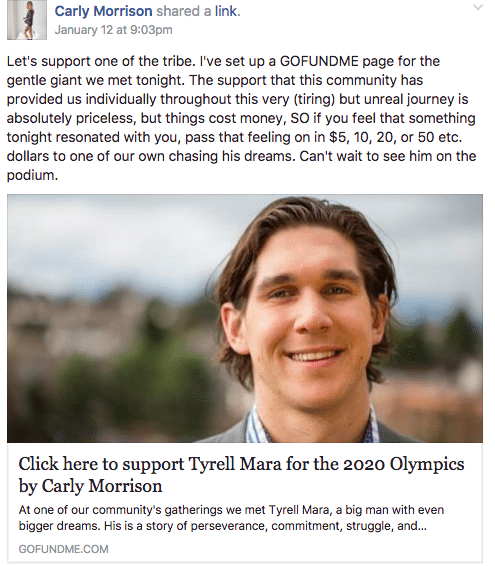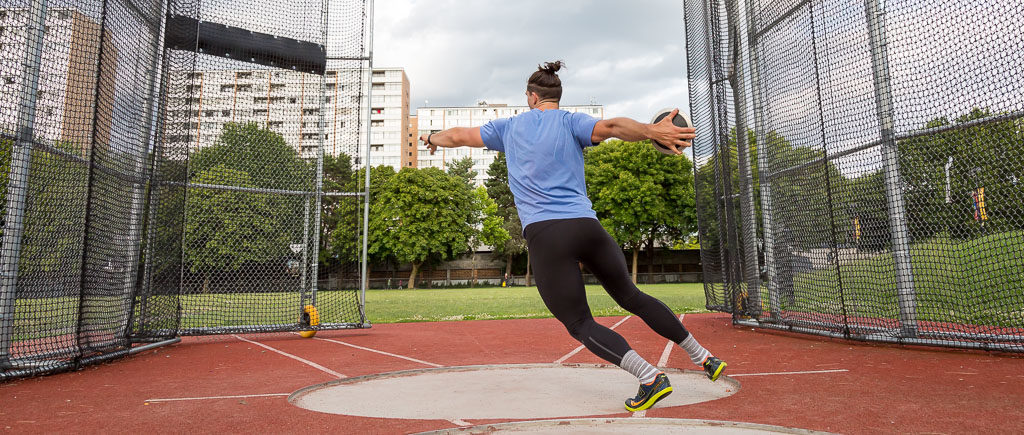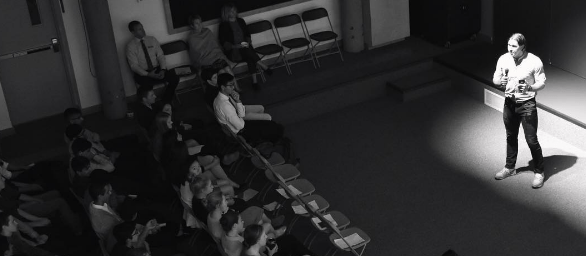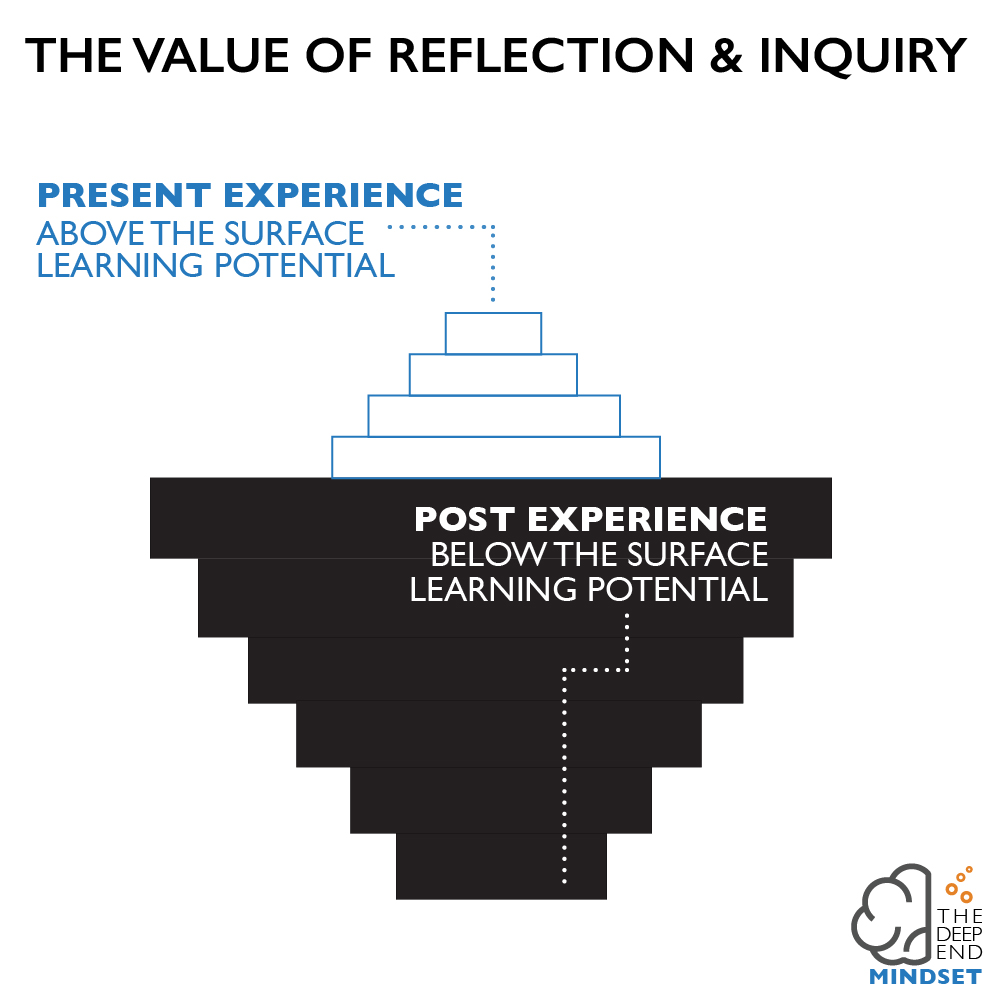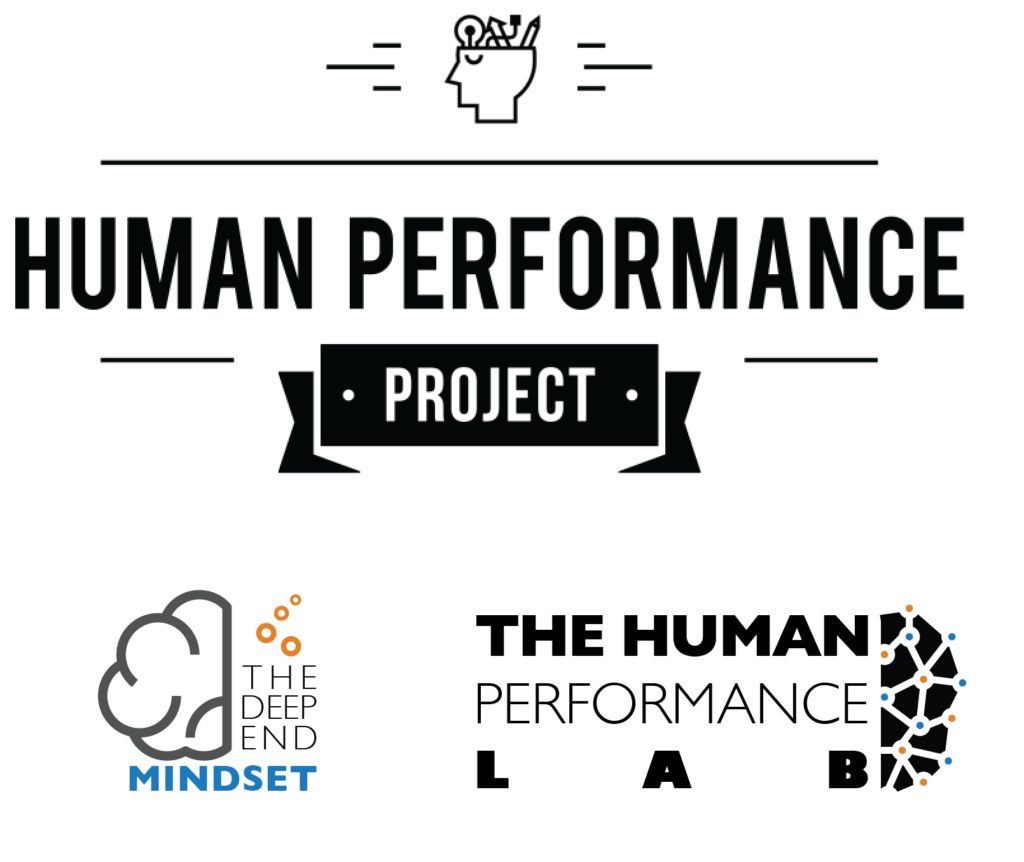The 2017 competitive season is fast approaching.
With the days starting to get longer the thought of having “survived” another winter draws near. And this winter was an exceptional one. Several consecutive weeks of constant rain, followed by a month long deep freeze full of snow, ice and cold.
I remember being thrown a curveball on the first day of the deep freeze. Elated for a practice that didn’t involve being soaked to the bone, I smiled as I could barely feel the warm rays through the frosty air that afternoon.
Then came the text from my coach, “rings are frozen, it’s too cold to safely practice.”
“Cruel Mother Nature” I thought.
My coach had a more proactive solution.
And so while this winter has been a tough one I’ve also acknowledged a couple of key technical breakthroughs. I’ve realized that it take about 400-500 hours of dedicated work to find these critical breakthroughs that unlock the next level in my performance.
These lightbulb moments that my motor and neurological systems locked in were the silver lining of the cold dark season.
The Next Challenge
And yet with spring and summer around the corner, my mind begins to shift to other equally pressing problems. This year, a successful season will mean travelling not only across Canada, but to the US several times and even internationally.
March – April: multiple trips to California and Arizona for invitational meets to compete against top throwers in North America.
May – June: BC and Washington competitions
July – Ottawa for the Canadian National Championships
July – Cote D’Ivoire, Africa for the Francophone World Games
Success will mean a financial burden on our family of up to $20,000 just in this slice of the season.
I lie awake at night asking myself how the heck am I going to afford this? This is before considering in the span of the next 4 months Tash, O and I are moving to a new home and having our second child.
I realize, despite it being a weakness of mine, I need to start standing up and asking for help – from individuals, company’s, events, and governments.
A good friend, Chad Weir, put it to me a different way:
“Tyrell, if you don’t ask, people won’t take you seriously. They want to be a part of your journey, they want to believe – your invitation to support solidifies this.”
Setting the Stage
As I prepared for a public speaking event this past week for a group of 80 or so inspired individuals taking part in a challenge to wake up at 4:30AM for 21 days straight (21 Damn Early Days (DED)) – I considered how I would position this invitation to support.
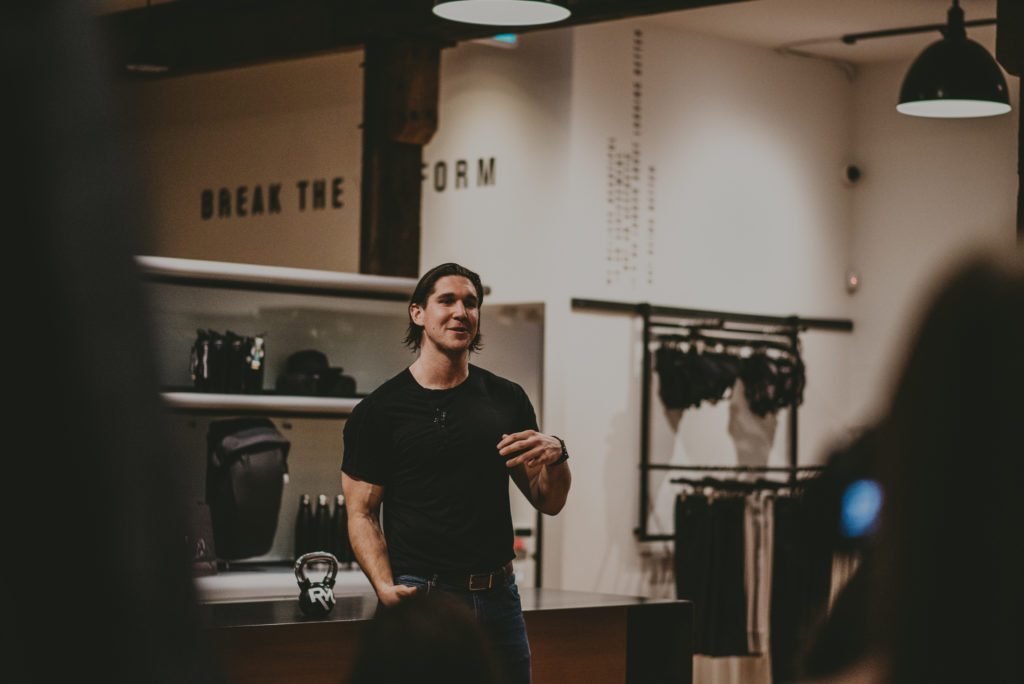
Photo: Wendy Shepard – www.wendyshepherd.ca
It turns out Chad showed up at the event just to make sure I would start pushing my own comfort zone and limits around this insecurity. After sharing my story, we opened the floor up for questions. Chad’s hand immediately went up, I raised an eyebrow not knowing what to expect.
“Tyrell, what is 3 ways this community can support you to make it to the 2020 Olympics.”
Chad was challenging me with the conversation he had coached me through days previous.
Clearly a bit frazzled and uncomfortable with “going there”, I candidly shared the realities of being a Canadian Athlete striving for the Olympics – the $30,000 bill on this 2016-2017 season, the realities and stress of trying to work in a full time senior leadership career, train 30 hours a week, and emotionally and financially support a family of 4.
I told this 21DED Tribe the 3 ways to support are:
1) Introductions to the key influential people who can help with corporate, event, government sponsorship
2) Opening doors and introduction to paid public speaking opportunities.
3) Contributing and/or sharing my crowdfunding campaign – noting that literally every dollar makes a difference.
Getting Uncomfortable – confronting my weaknesses
I was grateful to be put on the spot to answer the question. I understood that this was Chad’s way of challenging my degree of commitment to this goal… If I’m not willing to get uncomfortable and talk about what I need to get there – am I really serious enough?
Chad followed up with me that night with a laundry list of things I needed to improve on to catalyze my fundraising efforts. My gratitude continued to bloom.
Finally, after a 15 hour day, I got home at 930 and excitedly shared how well the event had gone with Tash. For me, speaking has the same qualities of Flow and High Performance that competing at National Championships provides. I f’ing love it. ;)
A few minutes later when I was opening up my Facebook feed I saw something that stopped me in my tracks.
The first post was from Carly, a member of this 21 Damn Early Day Adventure and who I hadn’t connected with before that night. Her post had a link with my picture and name on it.
It took me a second to realize it was a GoFundMe campaign she had created so the broader community had a way of directly supporting me.
I was speechless. Jaw dropped. In awe.
Chad’s words came ringing back in my ears.
“…They want to believe in you, they want to be a part of this journey… they can’t do it if you don’t invite them”.
And so while the fear of what’s the come and the uncertainty of how to pull this crazy dream off still lingers in my head. I find myself feeling more encouraged, loved and supported than ever. Not just by Chad, Carly and the 21DED community – but every single person who has been willing to contribute to this Olympic fund, every person who has given me an extra tight hug of encouragement, each person who has said my story is inspiring them to push their limits a little bit further.
To all of you, I am forever grateful.
And if you want to join me in this journey, I would be grateful if you considered any of those 3 actions outline above.
You can find the GoFundMe campaign here. ;)
Love and hugs,
Tyrell aka the Gentle Giant

